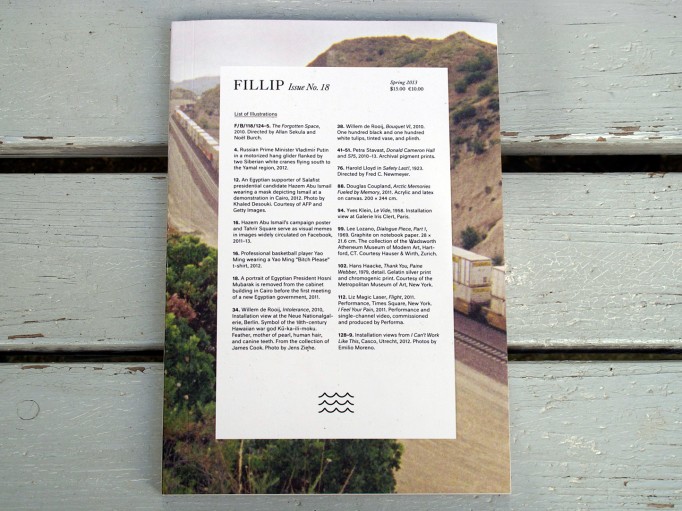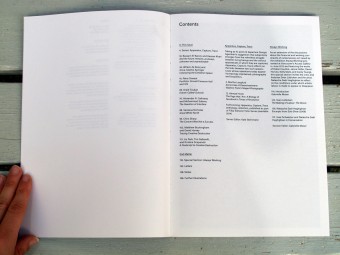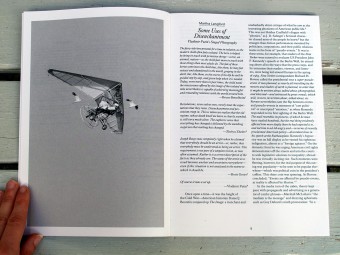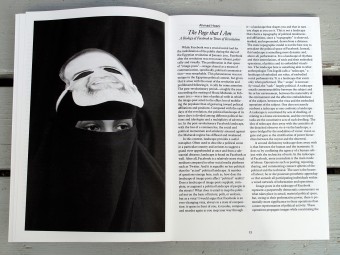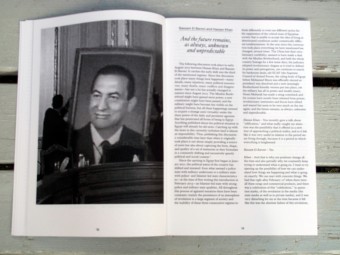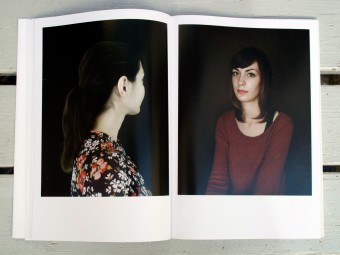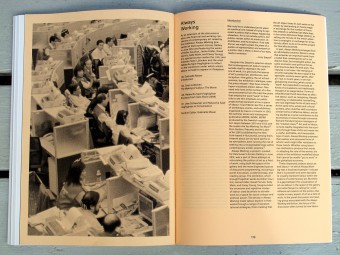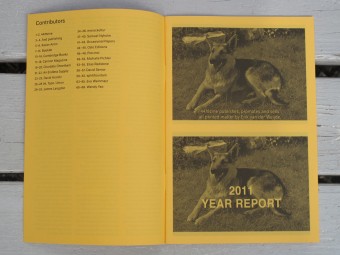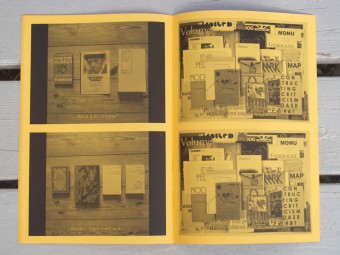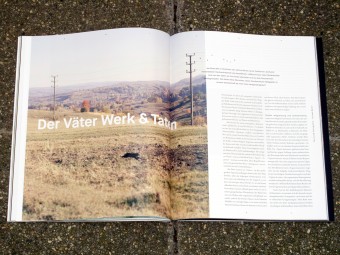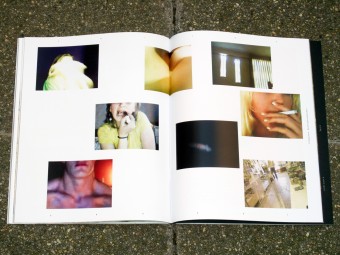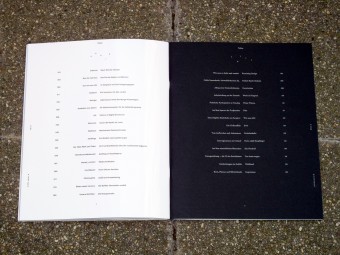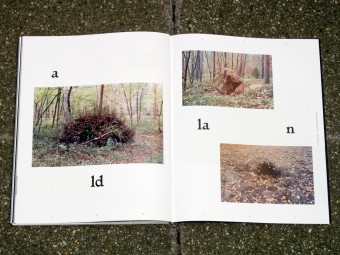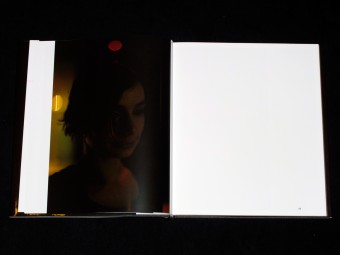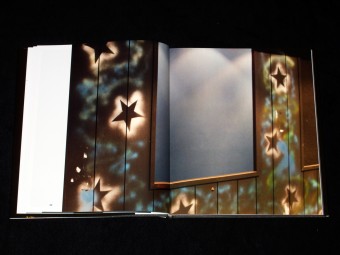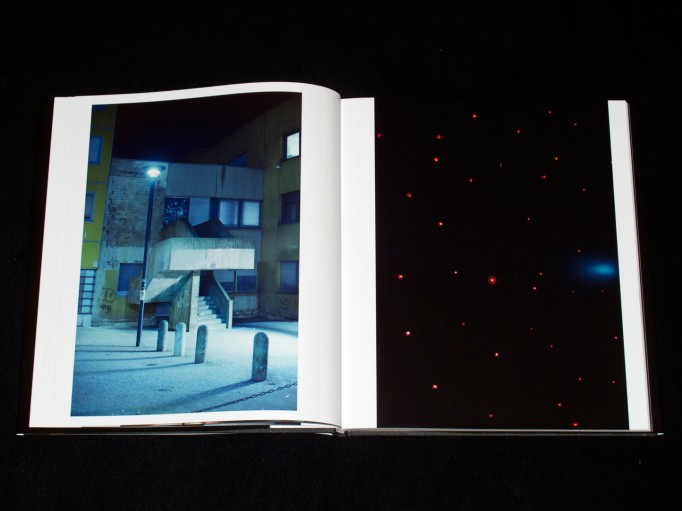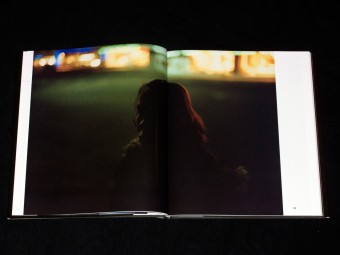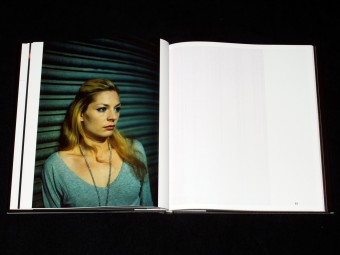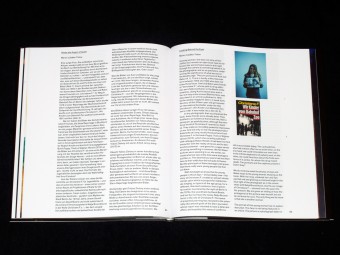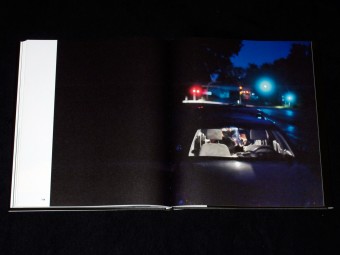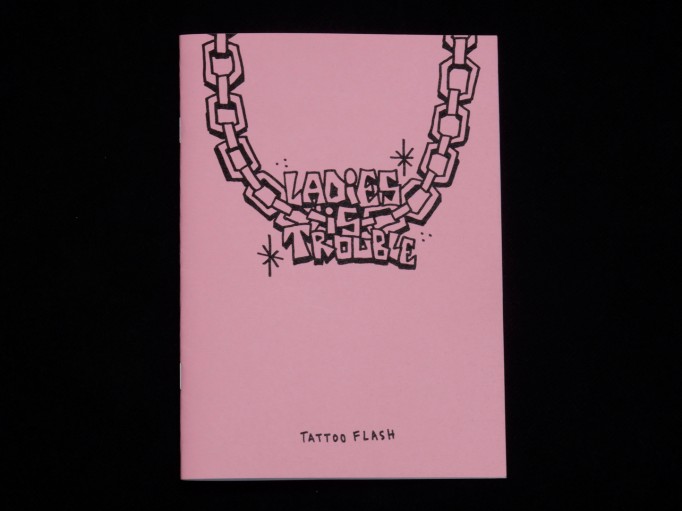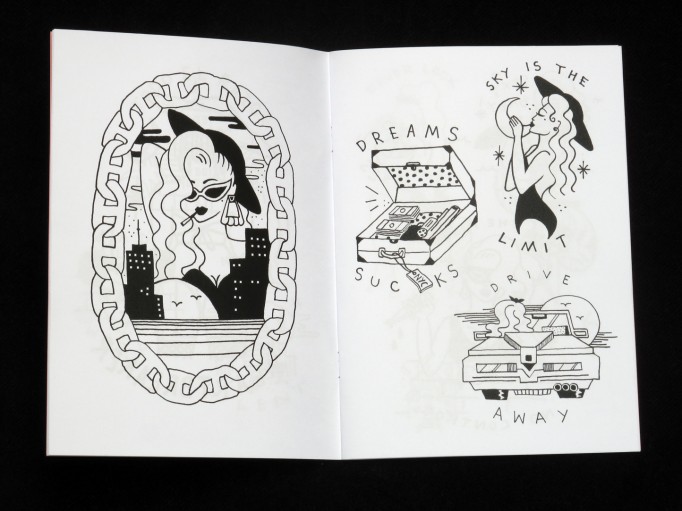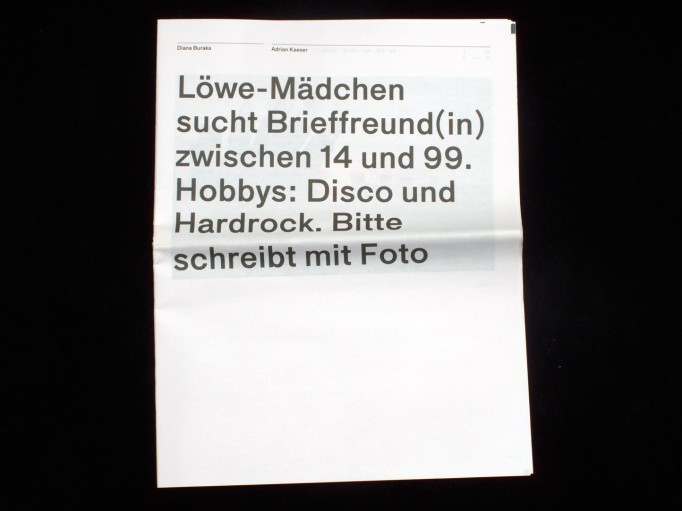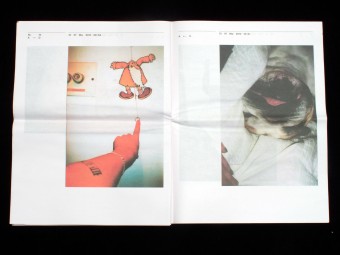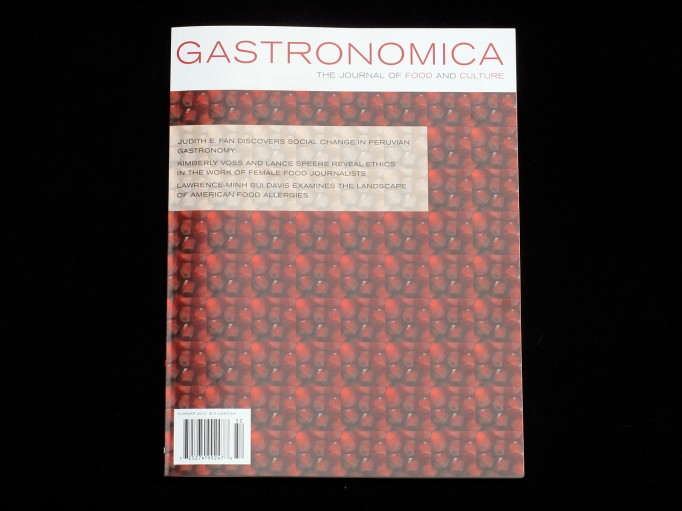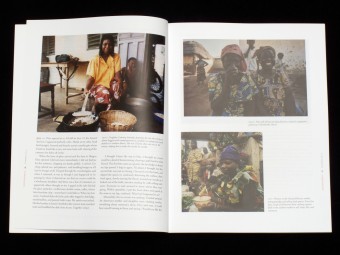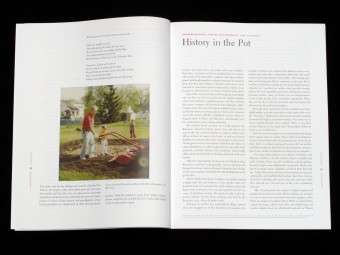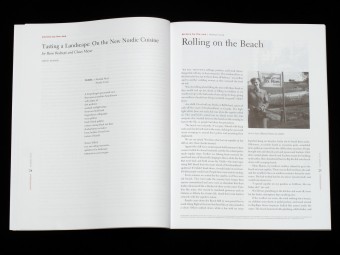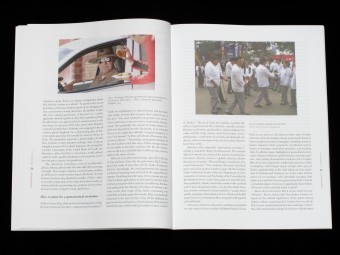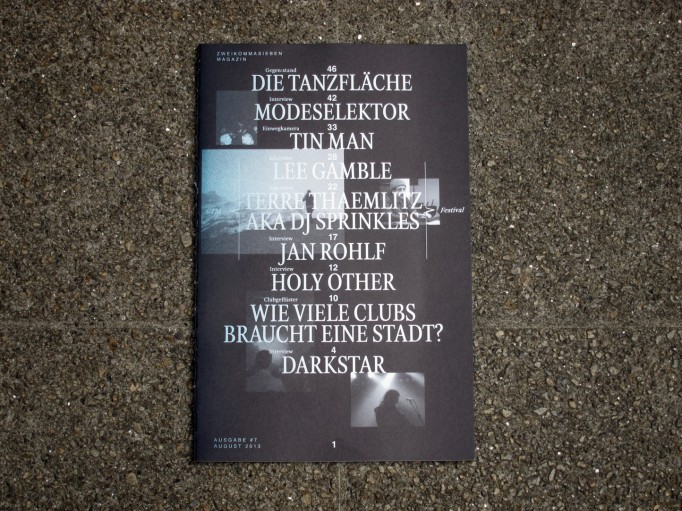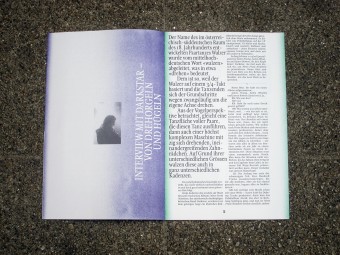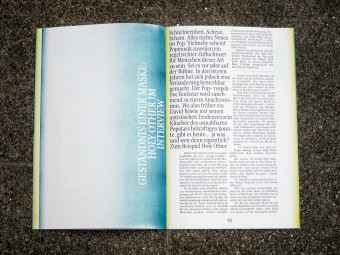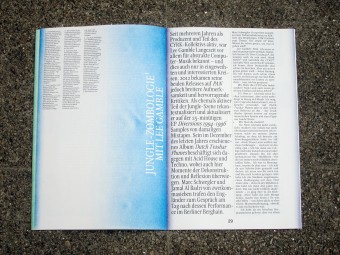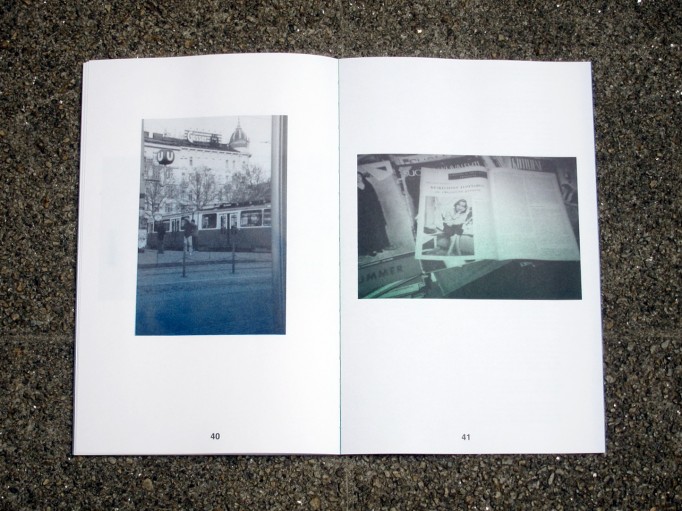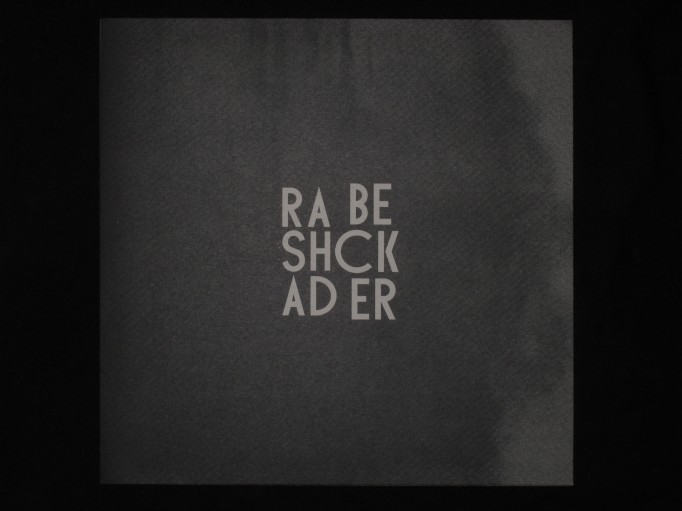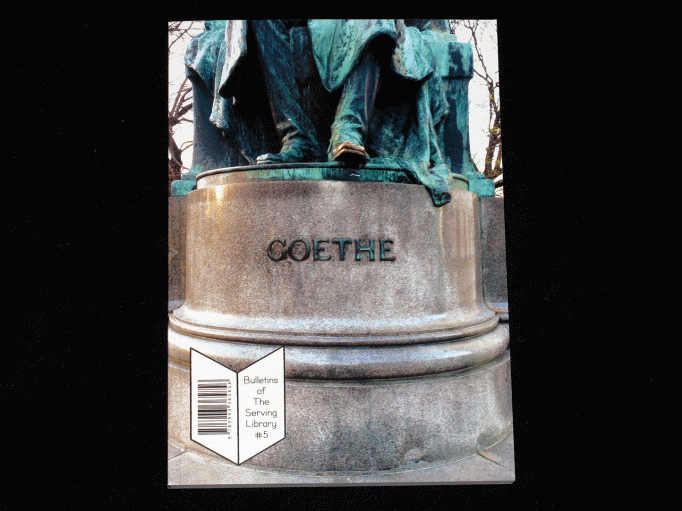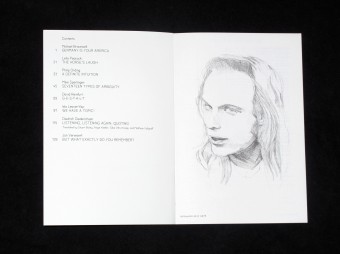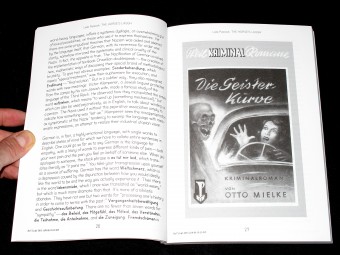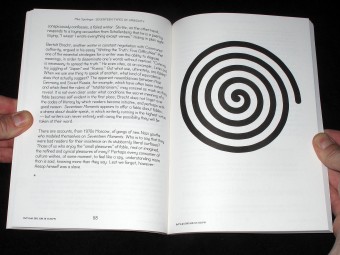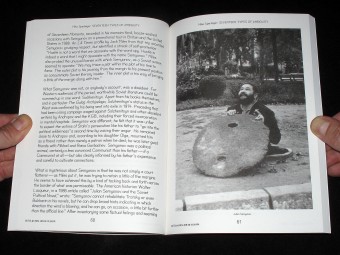
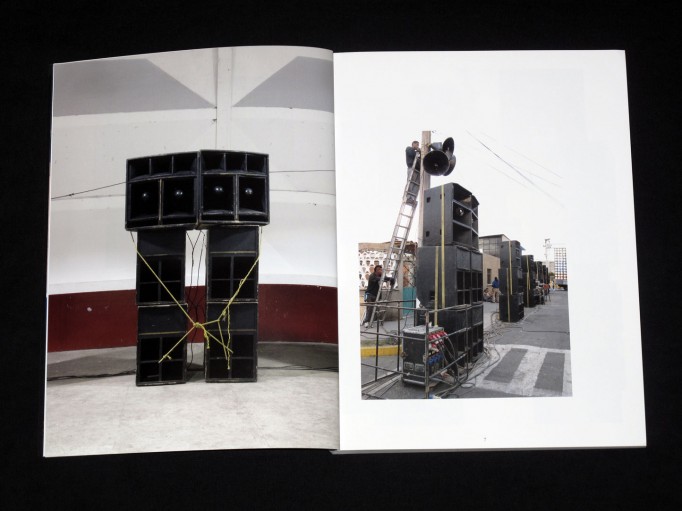


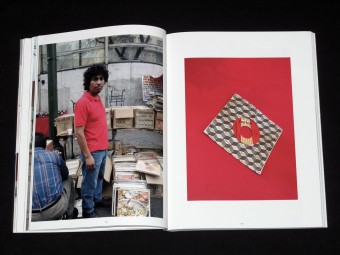

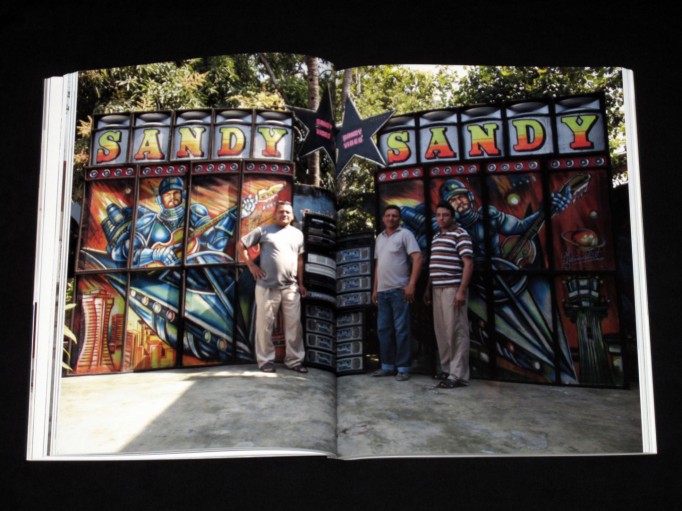
Sonidero City. Mirjam Wirz. Mirjam Wirz & Buzz Maeschi (Eds.).
Sonidero City – Sound system and DJ Culture in Mexico and Colombia, by Mirjam Wirz
“DJs as messengers delivering greetings between friends and communiques between rival gangs: Cumbia-rhythms slowed down to accomodate traditional dance styles. Low tones and ludicrously distorted voices. The Sonidero-culture of Mexico’s neighbourhoods is impossible to ignore.” – Jonathan Fischer on Sonidero City, DU Magazine 819 / 2011
The long-term photographic reportage of Sonidero City is an homage to the Cumbia DJs / Sonideros of Mexico City, who from the 60s to today have stood behind their sound systems’ mics, sending music as well as greetings across the capital’s streets. While some stack loudspeakers into massive towers, others stick to a modest set-up, spinning their own LP collections on 70s-era record players. They go by names such as Sonido Sensación Tropical, Sonido África, Sonido La Conga.
In contrast, on Colombia’s Caribbean coast, giant flourescent- painted speakers called “Picó” spill afro-colombian Champeta music through local communities, where the accompanying dance of choice is called “polishing the belt buckle.”
Over the course of three years Swiss photographer Mirjam Wirz visited the living rooms, courtyards and dance events of Mexico City, Monterrey and Barranquilla. The result is her book Sonidero City, a lively visual collection tracing the paths Mexico and Colombia’s sound system culture have forged.
/
Sonidero City – Soundsystem und DJ-Kultur in Mexiko und Kolumbien
von Mirjam Wirz
“DJ’s als Vermittler von Liebesgrüssen und Botschaften für rivalisierende Gangs: Cumbia-
Rhythmen, die auf den landestypischen Tanzstil heruntergebremst sind. Tiefe Töne und
aberwitzig verzerrte Stimmen. Die Sonidero-Kultur ist aus den Nachbarschaften Mexikos
nicht mehr wegzudenken.”
Jonathan Fischer über Sonidero City, DU Magazin 819 / 2011
Die fotografische Langzeitreportage Sonidero City ist eine Hommage an die Cumbia DJ’s/
Sonideros von Mexico City, die seit den sechziger Jahren und bis heute am Mikrophon ihres
Soundsystems stehen und Musik sowie Grussbotschaften in die Strassen der Hauptstadt
hinaus senden.Einige bauen riesige Türme von Lautsprechern auf, andere spielen mit kleiner Anlage aus ihrer LP-Sammlung auf den Plattenspielern der siebziger Jahre. Sie tragen Namen wie Sonido
Sensación Tropical, Sonido África, Sonido La Conga.
An der Karibikküste Kolumbien hingegen dröhnt aus in fluoreszierenden Farben angemalten,
gigantischen Lautsprechern die afrokolumbianische Champeta-Musik durch die Nachbarschaften. Das Soundsystem heisst Picó und den Tanz dazu nennt man sich gegenseitig die Gürtelschnalle
polieren.
Die Schweizer Fotografin Mirjam Wirz hat während drei Jahren mit ihrer Kamera Wohnzimmer,
Innenhöfe und Tanzveranstaltungen in Mexico City, Monterrey und Barranquilla besucht, daraus ist das Buch Sonidero City entstanden, eine lebendige visuelle Sammlung, die den Spuren dieser Soundsystem Kultur folgt.
Language: Spanisch / English
Pages: 224
Size: 19.9 x 26.5 cm
31 €
Buy it
